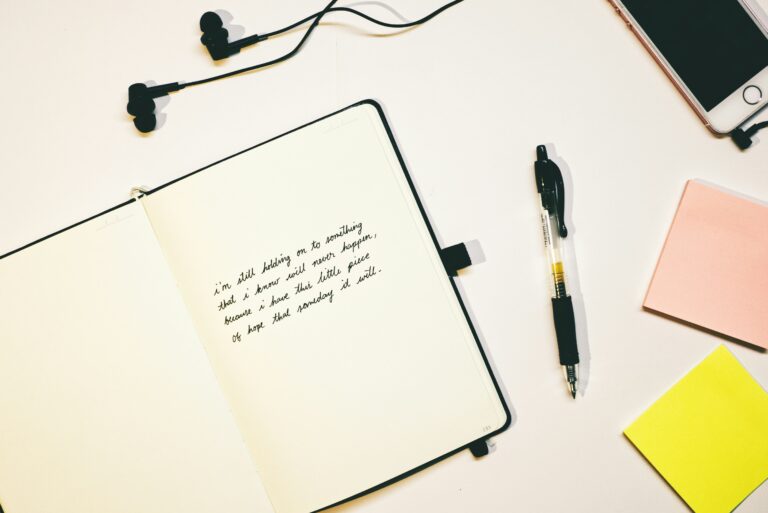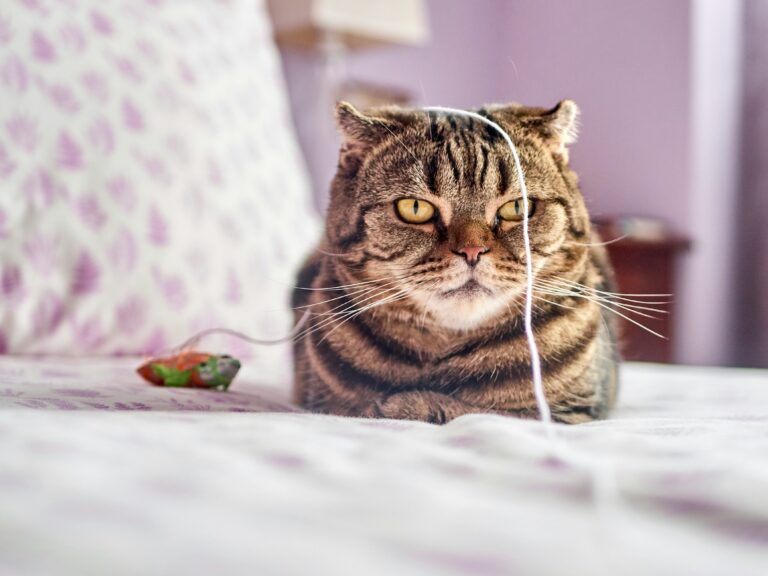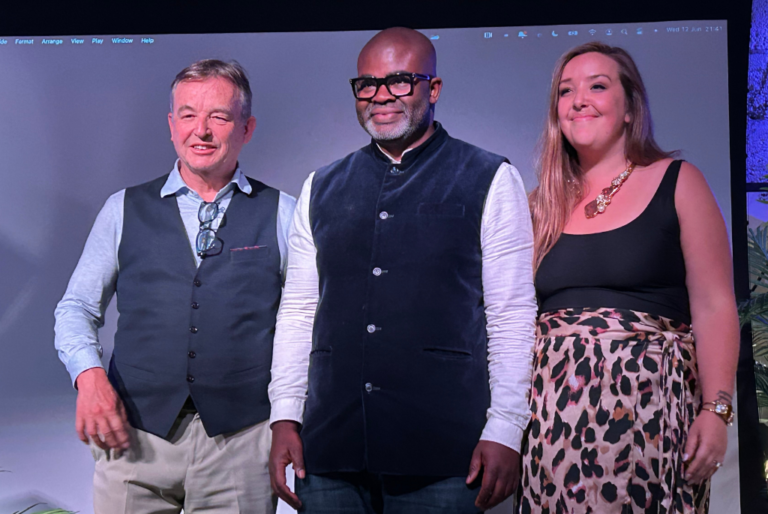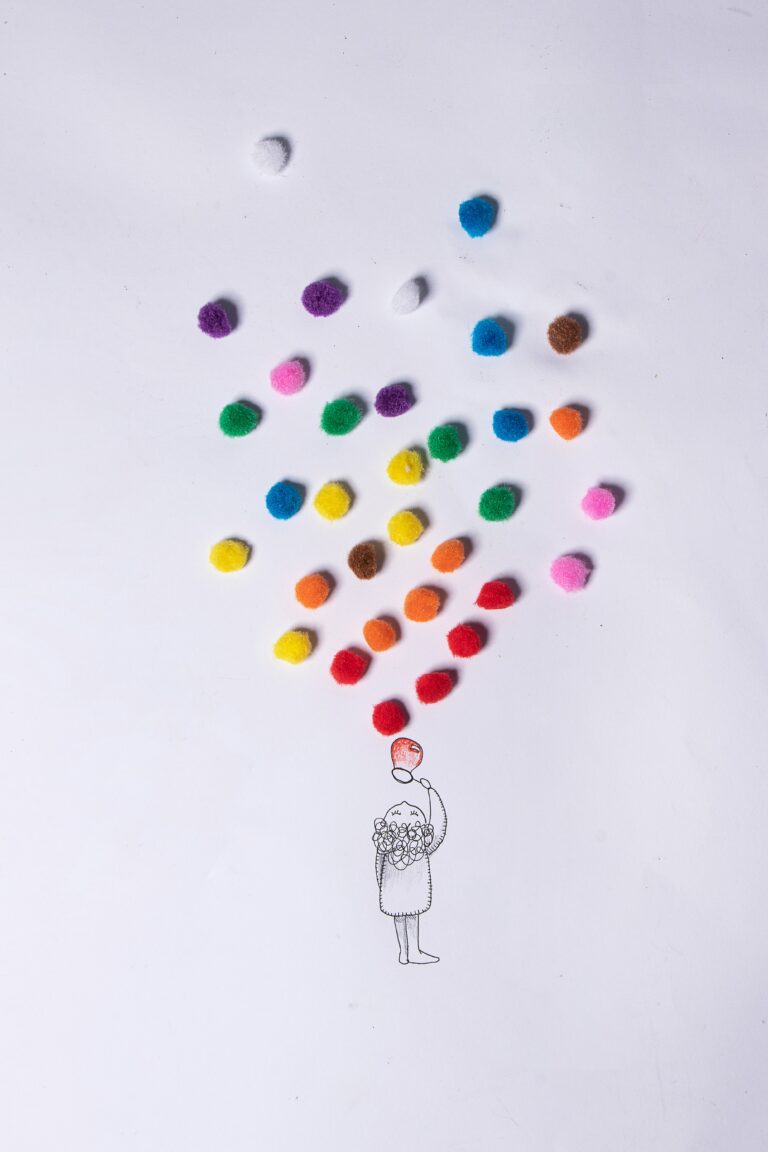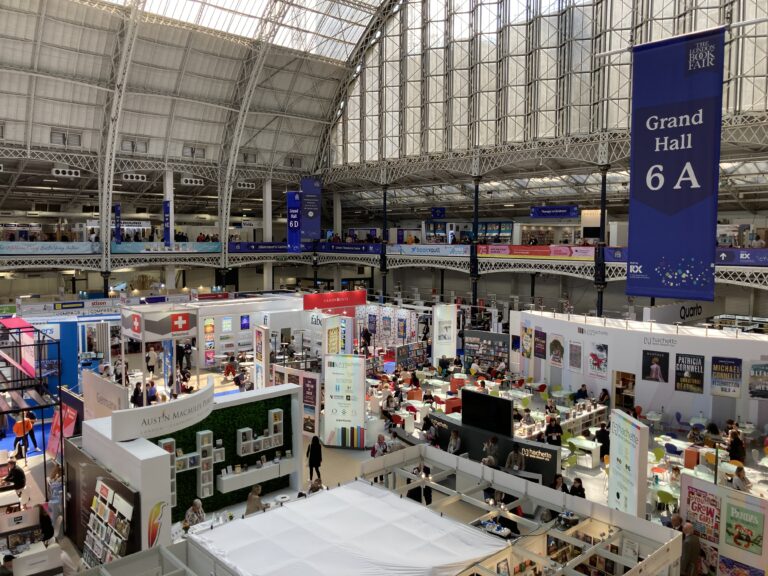The Five Steps of A Creative Process

Being a writer isn’t just about sitting down at your keyboard and waiting for the ideas to flow. In fact there can be several steps you need to work through before you’re even ready to write; research, interviews, evaluating source material, labelling and filing your notes so you don’t waste time searching for them when you need them….
The creative process is different for everyone, but it generally follows the same basic five steps below. Each step will be a little different depending on you as an individual and the creative medium you’re working with. It’s not a linear process and it can take time to work through each of the different steps before you’re ready to move onto the next one, so don’t panic if your work-in-progress takes you on a slightly different path.
1. Preparation
This initial stage is a kind of pre-writing, where you gather your information and inspiration from other sources and start to become immersed with the material.
This could be formal research, either online or at a specialist archive or library, or it might be more informal, for example browsing new trends on Pinterest or checking out what’s recently been published in your industry or writing genre.
2. Incubation
You need patience for this step, but it’s where the magic happens and your creative project starts to take form.
Once you’ve absorbed the information from step one, spend some time examining your material. Do you have all the information you need, or are there gaps that need further research? How do the different concepts and ideas fit together?
Allow your thoughts and ideas to marinate in your mind. This can be done consciously while you are brainstorming and making notes, or subconsciously – sometimes it helps to step away and do something completely unrelated so that you feel energised and refreshed when you return to your work.
3. Illumination
Think of this as the breakthrough moment, the “Aha!”, the lightbulb moment when the perfect idea hits you and your ideas fall into place.
It often happens unexpectedly, maybe when you’re doing that unrelated activity or thinking about something completely different.
Make sure to grab your notebook or sketchbook and jot your thoughts and ideas down quickly before they get lost!
4. Evaluation
This is the reasoning stage. It’s the hard part, where you look at all your ideas and narrow them down to identify the ones that will work and the ones that won’t.
For each idea ask yourself:
- Is this idea worth pursuing?
- Does this idea work with the theme of the overall project?
- Are there any tweaks or changes I could make?
- Do I need to develop this idea further, or maybe save it for a different project?
5. Implementation
Now it’s time to get down to work where your ideas, skills, knowledge, experiences and the things you’ve done during the previous steps all come together to create the final draft.
The outcome will be a finished piece that you can celebrate and feel proud of, and hopefully even get paid for!
Conclusion
Creativity doesn’t have a definitive process, yet it does have general steps in each stage of the process. Use the five step process in your work to help you solve problems, come up with new ideas and be more creative in your writing life.
And most of all, remember to have fun and enjoy yourself.


